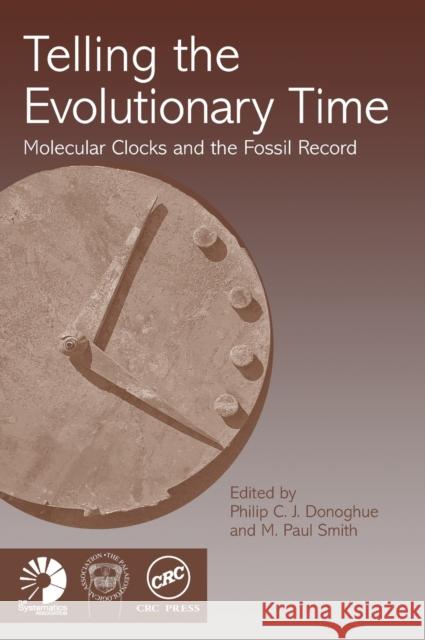Telling the Evolutionary Time: Molecular Clocks and the Fossil Record » książka
Telling the Evolutionary Time: Molecular Clocks and the Fossil Record
ISBN-13: 9780415275248 / Angielski / Twarda / 2003 / 296 str.
Telling the Evolutionary Time: Molecular Clocks and the Fossil Record
ISBN-13: 9780415275248 / Angielski / Twarda / 2003 / 296 str.
(netto: 836,19 VAT: 5%)
Najniższa cena z 30 dni: 856,36 zł
ok. 22 dni roboczych
Bez gwarancji dostawy przed świętami
Darmowa dostawa!
Understanding the timing of major evolutionary events is important, not only in itself, but critical also to our understanding of the tempo and implied mechanism of evolutionary change. A literal reading of the fossil record suggests that many of the major groups of complex organisms arose in an extremely short interval of time, around half a billion years ago. This has led to the suggestion that special mechanisms of evolutionary change must have operated at this time. However, mathematical models for evolutionary change at the level of base-substitution suggest that these evolutionary events occured over five hundred million years earlier. By implication the fossil record records only the latter half of evolutionary history. This text represents a discussion between molecular biologists and palaeontologists, in which they investigate the significance of competing sources of data, explain the nature of molecular clocks and the fossil record, and develop compromise models that incorporate conflicting opinions. These are presented as a series of case studies dealing with many of the most important groups of complex organisms.











